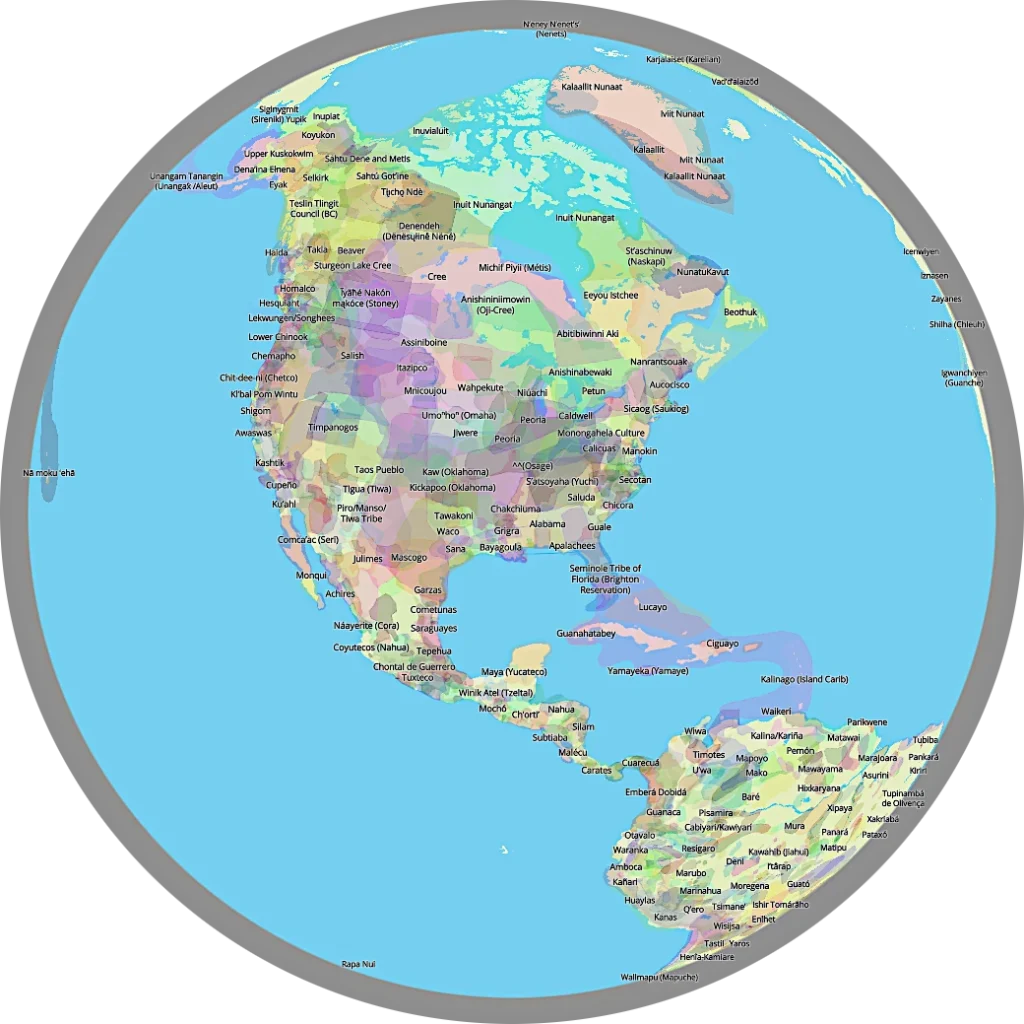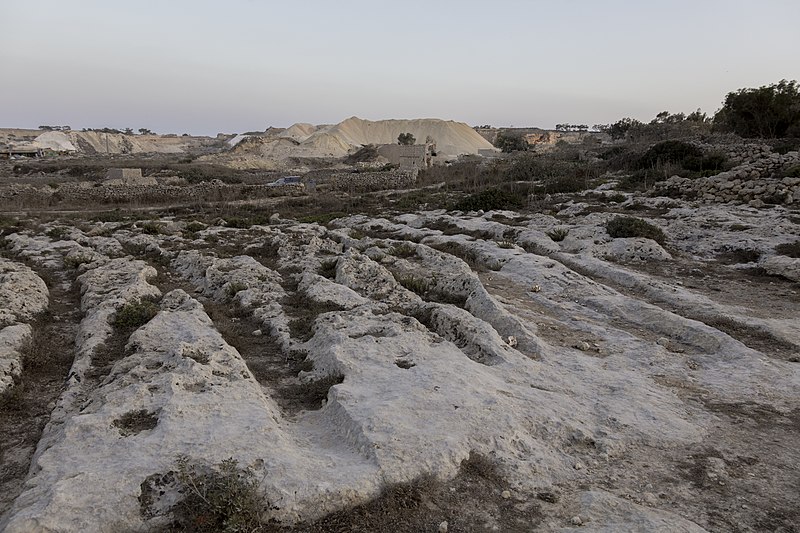or
How to Survive the Apocalypse

The Apocalypse is here: floods, fire, famine, disease. It’s all happening right now, and it’s going to get worse. The first order of business is to stop burning fossil fuels. But that alone isn’t going to reverse what is already happening, or stop the runaway train of climate change. If humanity is going to survive The Apocalypse, we are going to have to change the ways we live. The history of the Americas just might have some lessons for us.
The Colonial Dream
The “colonial dream” is a dream of pristine wilderness. It’s a dream of nature “as God intended”. That wasn’t what Columbus found in 1492. The Americas were territories that had been populated by homo sapiens for tens of thousands of years. The First Nations had transformed every habitat, from the farthest reaches of the north, to the farthest southern tip of what would come to be known as South America.
The indigenous peoples of the Americas, the “First Nations”, survived climate catastrophes, both localized and global, long before the arrival of Europeans. Those climate catastrophes included the end of the last ice age and the extinction of “mega fauna”. They not only survived, they thrived. The estimates of the human population of the Americas in 1492 range from 50-150 million. To put that in perspective, the population of Europe in 1500 was approximately 60 million.
So many older texts refer to most of the first nations of the Americas, especially in North America, as “hunter gatherers”. That term is at least somewhat pejorative. It doesn’t begin to capture the sophisticated nature of the relationship the indigenous peoples of the Americas had with the land they lived on.
The Achievements of the First Nations of the Americas
In Central and South America lidar imagery has uncovered evidence of advanced agriculture and cities in ecosystems where previous generations of archaeologists assumed agriculture and civilization were not possible. In North America archaeologists and anthropologists have discovered that forests that were once assumed to be “untouched wilderness” were in fact extensively managed.
So how is any of this going to help humanity, now, survive The Apocalypse? There is so much we can learn from the First Nations of the Americas. One of the best lessons is we can learn from them is the way they preserved and managed wild spaces without destroying biodiversity. Another critical lesson comes from the indigenous cities of Central and South America. They incorporated agriculture into their cities. This made food production local and sustainable.
The First Nations of the Americas were advanced in ways we in the West are only beginning to understand. The world needs the knowledge that they had. So much was lost as a consequence of the Apocalypse that was colonialism. But hidden under the canopy of jungles, locked up in the stories of elders, there just might exist knowledge that can help humanity survive The Apocalypse that is now.

